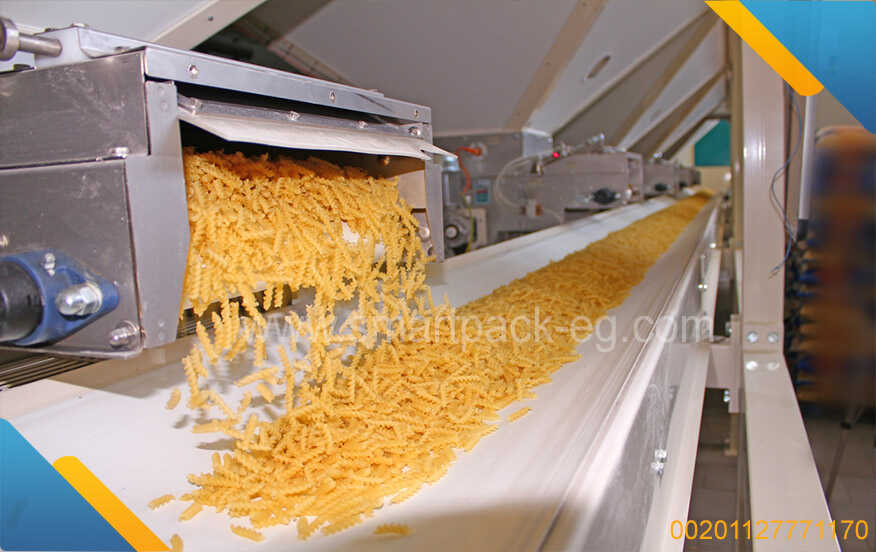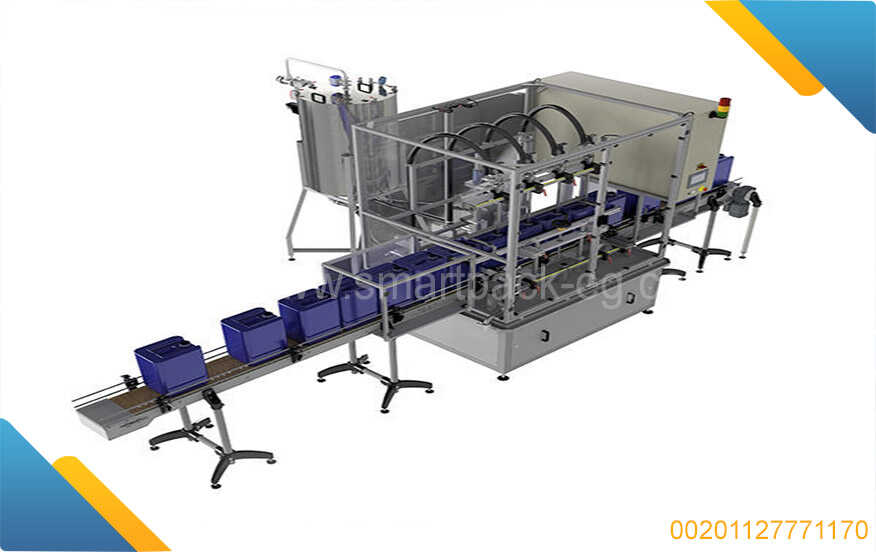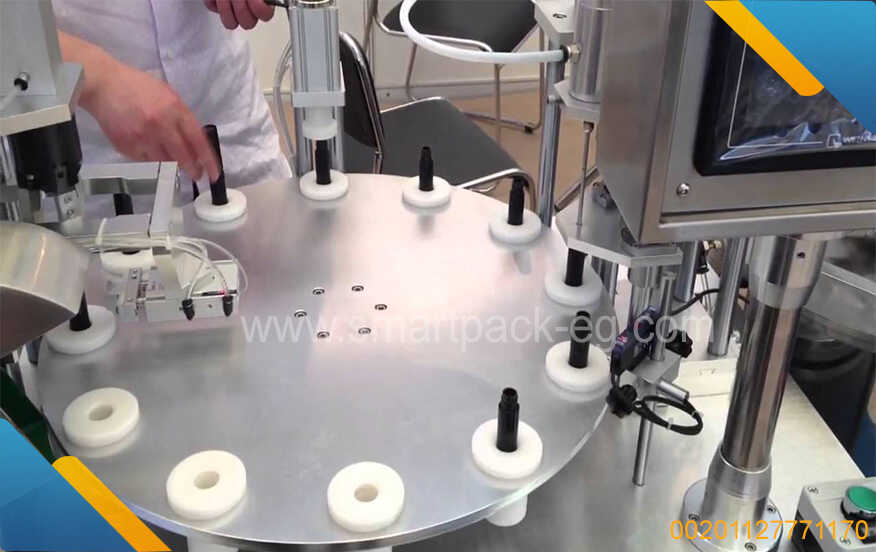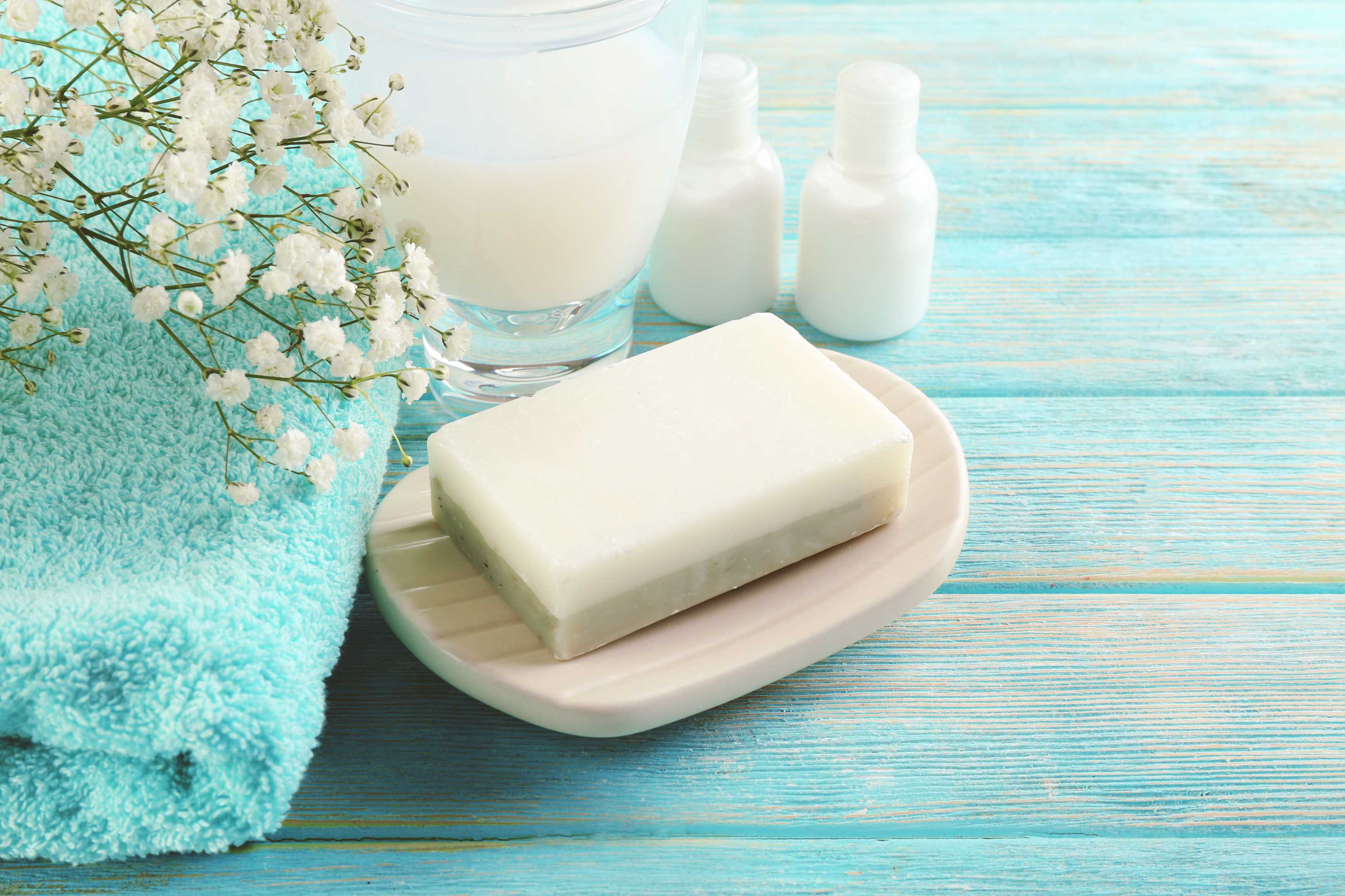How To Guide: Understanding How Dettol Works and Commercial Manufacturing Process
Introduction:
Dettol is a widely recognized brand that offers a range of hygiene and cleaning products known for their strong antiseptic properties. Many consumers rely on Dettol for its ability to kill bacteria, viruses, and fungi effectively. This guide aims to explain how Dettol works and provide insights into the commercial manufacturing process of this popular product.
Section 1: Understanding How Dettol Works
Dettol products contain various active ingredients that work together to combat germs and maintain cleanliness. The primary active ingredient in most Dettol products is chloroxylenol (C8H9ClO), which functions as an antiseptic agent.
-
Bacteria Elimination:
Chloroxylenol disrupts the cell membrane of bacteria, resulting in their destruction or prevention of their growth. By targeting the structural integrity of bacteria, Dettol effectively eliminates harmful microorganisms that can cause infection or disease. -
Virus Control:
In addition to bacteria, Dettol has antiviral properties. It can inactivate enveloped viruses, including those responsible for diseases like influenza, herpes, and COVID-19. Dettol disrupts the protective envelope surrounding the virus, rendering it inactive. -
Fungi Prevention:
Dettol also acts as a fungicide, combating various fungal species. It disrupts the fungal organization and prevents the growth or replication of fungal organisms that can cause infections like athlete's foot or ringworm.
Section 2: Commercial Manufacturing Process of Dettol
The commercial manufacturing process for Dettol involves several steps to ensure consistency, quality, and effectiveness. Here is a simplified overview of the process:
-
Raw Material Selection:
Careful consideration is given to selecting high-quality raw materials that meet safety and regulatory standards. This includes the chloroxylenol active ingredient, as well as other components like stabilizers, perfumes, and colorants. -
Mixing and Formulation:
The chosen ingredients are carefully measured and mixed to create the desired Dettol formulation. This step involves strict adherence to formulation guidelines to achieve a consistent product that provides optimal germ-killing efficacy. -
Quality Testing:
Samples from each batch are subjected to rigorous quality control tests to ensure that the final product meets established safety and effectiveness standards. Testing typically involves assessing the concentration of active ingredients, pH levels, and performance against specified microbial strains. -
Packaging:
After passing quality tests, the Dettol solution is ready for packaging. This can include various types of containers, such as bottles, sprays, or wipes, depending on the intended product format. Packaging materials should be hygienic, leak-proof, and designed for consumer convenience. -
Labeling and Distribution:
Proper labeling is crucial to inform consumers about Dettol's usage instructions, safety precautions, and active ingredients. Once labelled, the final products are distributed through appropriate channels to reach consumers worldwide.
Conclusion:
Dettol's effectiveness in killing bacteria, controlling viruses, and preventing fungi growth has made it a trusted name in the hygiene and cleaning industry. Understanding how Dettol works and its commercial manufacturing process provides insight into the brand's commitment to maintaining high standards of quality, efficacy, and consumer safety. By following these practices, Dettol continues to play a significant role in promoting hygiene and health worldwide.

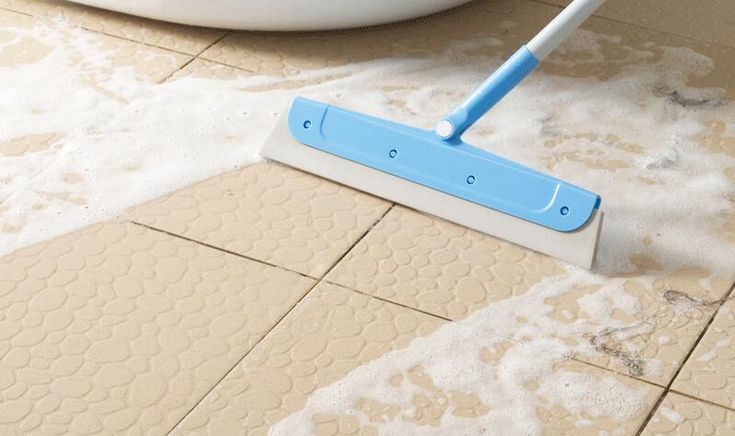

 Admin
Admin 
